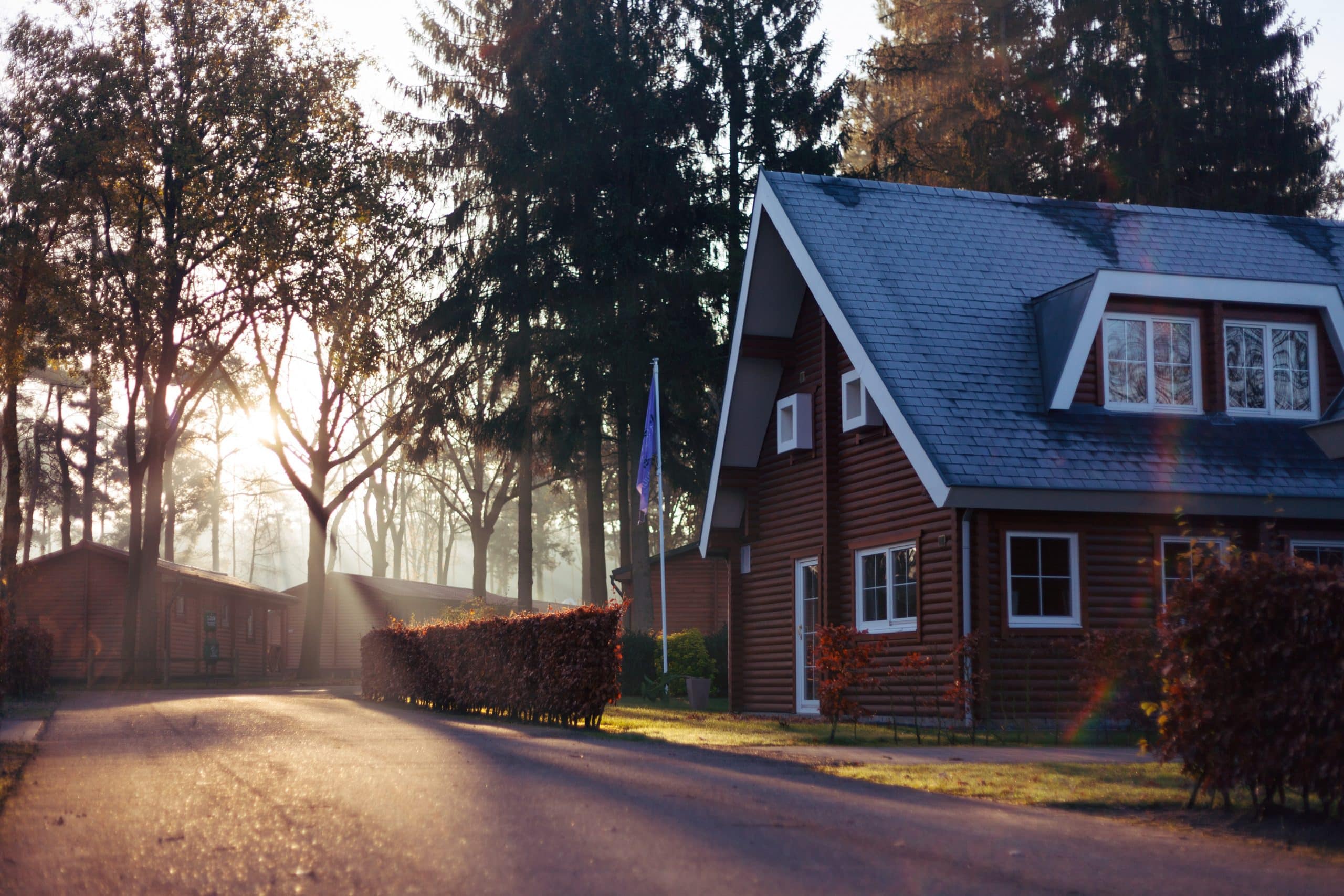The use of timber in construction, particularly from those trees that we have fond memories of, is misunderstood. We are happy to use imported Cedar grown overseas or in places for which we have no connection, but give someone the choice of using a timber such as Oak and it is not uncommon for someone to throw their hands up in horror. We tend towards understanding the significance of logging tropical hardwoods, but do not necessarily understand the importance of sustainable forestry.
There is also a value of trees over and above timber whether it is as landscape, for recreation or for the support of wildlife and plant life. But history shows us that the tree’s importance to humanity has often been as a building material. As Naomi Stungo says of timber architecture “It is the perfect physical expression of our intimate connection with the world in which we live, at a time when this world appears to be coming increasingly virtual in character.†(The New Wood Architecture, Laurence King Publishing 1998).
In the late 20th century it seemed as if timber was overlooked in architecture but not so in its use in the landscape. Gardeners use a lot of timber in the garden, always have and always will do because of its ready supply and its unique ability to blend with the landscape. Garden designers have had brief flings with concrete to varying success but often return to timber for its unique qualities and resonance with the landscape. Garden buildings, boundary treatments such as fencing, trellis and hurdles, tools and furniture all encompass timber in their production so to cover every aspect would be monumental but there are new trends in timber that are transforming it’s use and new ideas that are worthy of our attention.
The rise of the ‘contemporary’
Garden design has been characterised, as has so much design, by the idea of a contemporary modern aesthetic that started with the use of manufactured materials such as concrete but in the past few years has moved towards a softer approach. For this very reason timber has come back into favour with designers because of its ability to blend with a more planted landscape than ten years ago.
There has been a huge development away from the traditional shed used for storage towards ‘shedworking’ and the rise of the garden studio and workshop. Though the connection with timber has remained and these new contemporary buildings will often feature timber used in quite traditional ways such as shakes used for sidings, and increasingly the ‘horizontal trellis’. This form of screening has developed over the past decade but is actually a throw back to a 1970’s form of plank fencing seen in a more subtle light and given the architect’s seal of approval. It’s ability to come in whatever size you want as long as its horizontal has led to an instant designer credibility where it is installed.
Craftsmanship and artistry
This trend towards a seemingly modern aesthetic for timber is also accompanied by an emphasis towards quality and craftsmanship. Garden joinery is now seen as a distinct craft.
Of course for many the vernacular is important and timber can uniquely harmonize with it’s surroundings but it doesn’t have to be at the expense of exciting design. Specialists such as English Garden Joinery are teaming with a new wave of craftsman and designers.
This craftsmanship has spilled over into timber as art. The sculptor Jake Phipps creates love seats and other pieces that are as functional as they are sculptural and sawmills report an increased interest from students of art colleges looking for raw materials with which to experiment.
Plants and timber
The key to great landscape design is that a landscape or garden is always changing. As a building material timber’s ability to weather and change as its ages is greatly suited to the changing face of a garden. And whilst stone may change gradually, timber can transform within seasons. Its subdued colour will contrast well with foliage. Viewed up close it has a richness of detail that can stop you in your tracks but from distance it can dissolve into the background and allow plants to come to the forefront.
An enduring pattern
Timber may be a natural companion to planting but it also speaks to us about nature, authenticity and integrity. We enjoy the fruits of previous generations’ largesse in planting woodlands and forests but we must also plant trees ourselves. Our love affair with timber in the landscape endures because in a time when we are trying to reconnect with nature, we strive for more sustainable futures and will plant a tree for another generation to enjoy when we are no longer here.




